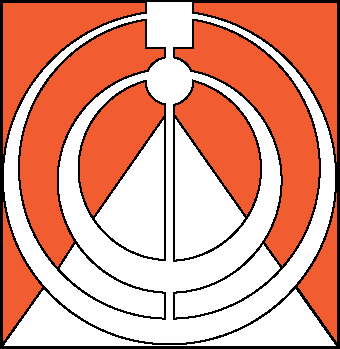How I Learned to Engage Fourth-Graders with a Simple Anchoring Phenomenon
Wednesday, November 16, 2016
Back in October, I was roped in to holding an activity station for the Lake Superior Water Festival on the Michigan Tech campus. The organizer, Joan Chadde, managed to convince me that I could do something with kids regarding water consumption and product life cycles, but frankly, I had my doubts.
I put off thinking about it for a while, but a couple days before the festival, I was faced with the prospect of having to talk about this really abstract concept in front of a bunch of fourth graders—my worst nightmare—in a way that would not be a complete flop. I was stressing about this, but then found myself thinking, “OK, I know the basic content and take-home messages I want to get across. Now what kind of anchoring experience can I use to get them engaged and thinking, and hopefully reveal some prior misconceptions in a useful way?†My second thought was, “CURSE YOU MI-STAR! YOU HAVE INFECTED MY BRAIIIIIIIIIIIN!!â€
But I have to say, relying on my experience with Mi-STAR totally worked. I'm an engineer, and I've been helpings the curriculum experts develop content that aligns with NGSS. Â Mi-STAR taught me how to lead students through a process of uncovering ideas and constructing knowledge. I was able to put together a 30-minute session for several classes of fourth graders that kept them all engaged, actively thinking and actually demonstrating understanding of the content that I'd hoped to get across.
To begin with, I developed an anchoring experience that would expose some common misconceptions in a way the kids could relate to their own lives.
We started by getting into groups and making a list of the activities they'd done from when they woke up that morning until they came to the festival. It was pretty straightforward: they put on clothes, brushed their teeth, ate breakfast, used the bathroom, watched TV, and so forth.
Then I asked the group to circle the activities in their list that used water. Everybody immediately focused on activities that used water directly—taking a shower, brushing their teeth, etc.
That led to a discussion on all sorts of sneaky, indirect ways we use water. We use water to grow the food we eat for breakfast. We use water to make energy; everyone knows about dams, but water is critical to for other power generating processes. We talked about life cycle analysis and did a guessing game on how much water it took to produce chocolate, almonds and even the jeans they were wearing to the workshop.
Then, returning full circle, we went back to that initial list, and I asked them if they'd like to circle any other activities that used water. They circled almost everything, which was exactly the point—and many kids shouted out this conclusion in surprise, to my great joy—they had discovered it themselves!

There was a time that I would have just taken an approach that was easier for me, and simply told them about how much we rely on water, and I'm sure they would have been bored to tears. Making that concept real and engaging was a much better way for me to approach this activity than giving away the game in the very beginning.
Even though I'd been dreading this activity, it turned out to be a great hands-on experience for someone like me, who isn't often involved with young learners. The Mi-STAR instructional model really works.
Robert Handler is the operations manager of Michigan Tech's Sustainable Futures Institute.
GET Mi-STAR NEWS BY E-MAIL!
Copyright © 2025 Mi-STAR
Mi-STAR was founded in 2015 through generous support provided by the Herbert H. and Grace A. Dow Foundation. Mi-STAR has also received substantial support from the National Science Foundation, the MiSTEM Advisory Council through the Michigan Department of Education, and Michigan Technological University.


















